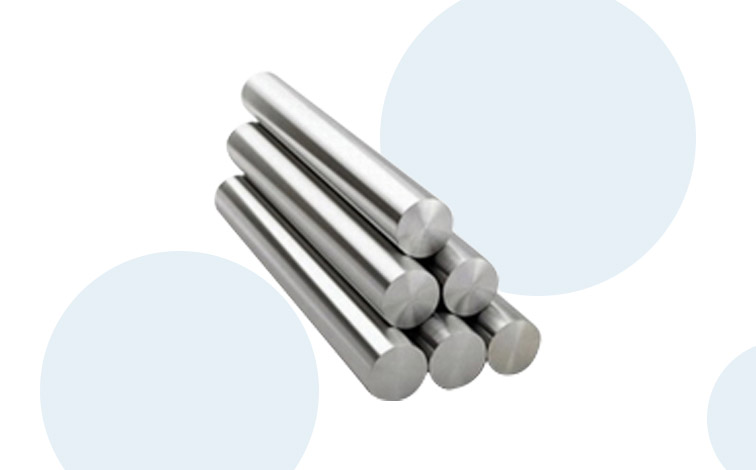Application
- Dental and surgical instruments, scissors (420)
- screws, gears (416)
- valves, shafts
- Ball bearings and races, (440A)
- Molds and dies (440A)
- Cutlery (410/440A)
- Petrochemical equipment
- Turbine equipment

Characteristics
Martensitic stainless steels are magnetic and have good fatigue properties once heat treated. They generally do not have particularly good low-temperature properties and would not normally be used for cryogenic applications as they soon become brittle at low temperatures. Heat treatment, while improving strength and fatigue resistance, also reduces the toughness and they can also become brittle at temperatures above 430 °C. Welding needs to be carried out carefully due to their low ductility and the high carbon content of many grades makes them unsuitable for welded applications.
Application